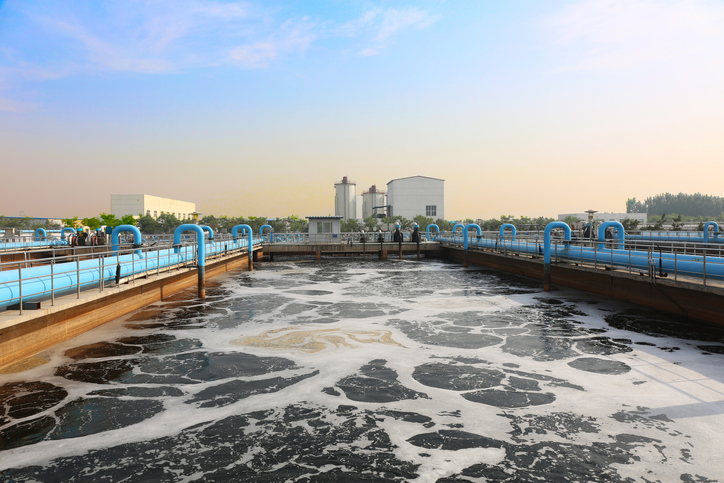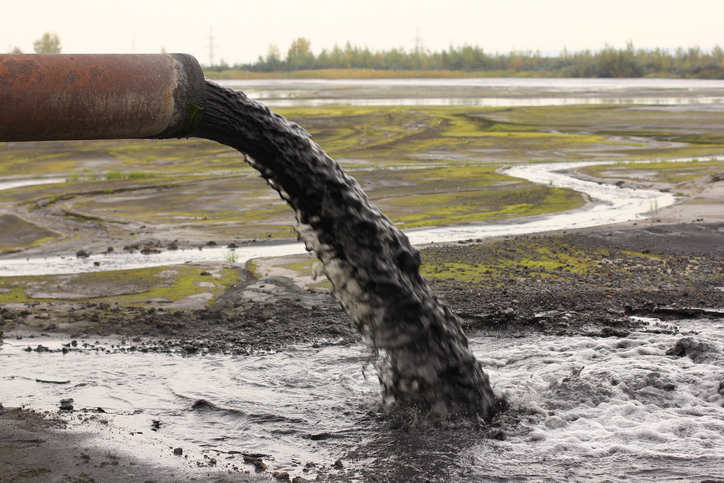In the second glyphosate personal injury case to go to a jury trial, a federal jury in the case of Hardeman v. Monsantomatter returned a unanimous verdict of $80 million for the plaintiff against the defendant. The verdict ended a two-part trial over the plaintiff’s allegations that his exposure to glyphosate over a period of approximately 25 years of spraying Roundup on his 56-acre property caused him to develop Non-Hodgkin’s lymphoma. In the first phase, which ended last week, the jury found that the plaintiff’s …
Continue Reading









